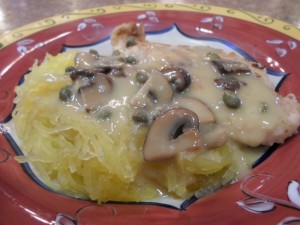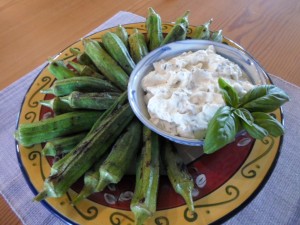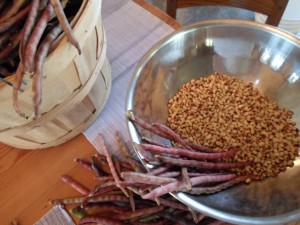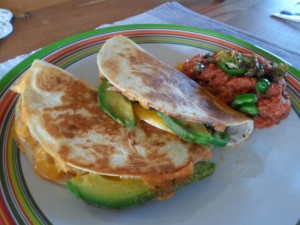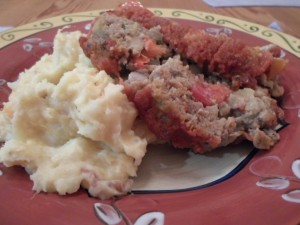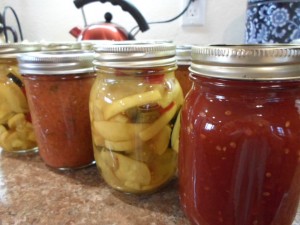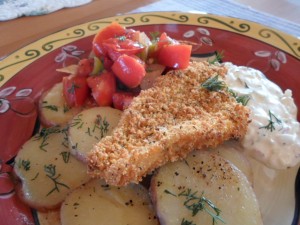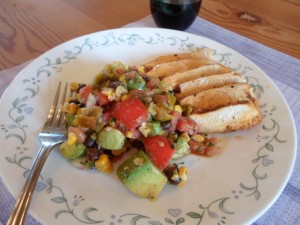I volunteer every Wednesday as a cook in a church-sponsored program that feeds the hungry. Our food comes from the North Texas Food Bank, donations from community gardens, gifts or reduced prices from local food suppliers and items purchased by the church. We often receive large amounts of produce that would spoil before we could serve it, so it is processed and frozen for later use.
The freezers in that kitchen were very full and unmanageable. So last week after serving lunch, we pulled everything out of the freezers and sorted it by cooked and uncooked meats, vegetables, dairy, etc. Then we planned several weekly meals around those items and grouped them together as we returned everything to the freezers.
We’ll need to buy a few things to complete those meals, but we will be providing a healthy, delicious lunch using items we already have, and there’s the added bonus of freeing up freezer space. That exercise got me thinking about my own freezer space and the items in the refrigerator that would be thrown out if not used soon.
What some people refer to as a garbage can dinner started with 4 frozen tuna steaks. I’m sure I bought them as a bulk purchase and those were the few still left. I also found half a bag of frozen lima beans. How else would I use them? In the refrigerator I had a head of cauliflower. It had a dark spot that I removed and I remembered buying it on a whim, with no real plan at the time. That’s what happens. Add in the rest of the mushrooms from the package used in last week’s scallopini, and I had the makings of terrific Asian tuna steaks with stir-fried vegetables served over rice.
Asian Tuna Steaks
4 frozen tuna steaks, thawed
1⁄4 cup sweet chili sauce (like Mae Ploy)
1⁄4 cup rice wine vinegar
1⁄4 cup soy sauce
2 tsp. grated ginger root
2 Tbsp. brown sugar
1⁄4 cup canola oil
Combine all ingredients in a sealable plastic bag and marinate for 20 minutes. Meanwhile, prepare a pot of rice and get the vegetables cleaned and chopped for the stir-fry.
Stir-fried Vegetables
1 onion, julienned
2 peppers, julienned
2 carrots, julienned
2 celery ribs, cut on a bias
8 oz. mushrooms, cleaned and sliced
1 head cauliflower, cleaned and chopped
1⁄2 bag frozen lima beans
2 Tbsp canola oil, divided
1⁄4 cup stir-fry sauce
Salt and pepper
Pop the lima beans in the microwave for 4 minutes. In a large frying pan, heat 1 Tbsp. canola oil on high heat. Cook the cauliflower allowing it to brown lightly, but don’t over-cook it – there should still be some crunch. Remove the cauliflower and add the sliced mushrooms, searing each side until golden brown and then remove.
Add 1 Tbsp. canola oil to the pan and cook the onions, pepper, carrots and celery with a little salt and pepper, stirring often. When the vegetables begin to brown, reduce heat to medium and return all the vegetables to the pan with stir-fry sauce. Gently mix all together and pour into a serving bowl. The great thing about stir-fried vegetables is that the combinations are endless.
Place that same frying pan back on the stove and set heat to medium high. Sear tuna steaks on each side for about 3-4 minutes. Add marinade to the pan, reduce heat to low, cover the pan and cook for 8-10 minutes.
Serve the tuna steaks over rice with the stir-fried vegetables on the side. Drizzle pan sauce over all. Other garnishes may include chopped fresh cilantro or green onions, soy sauce, and Sriracha hot chili sauce.
Hint – Peel and grate leftover fresh ginger root and store with a little oil in the freezer.


